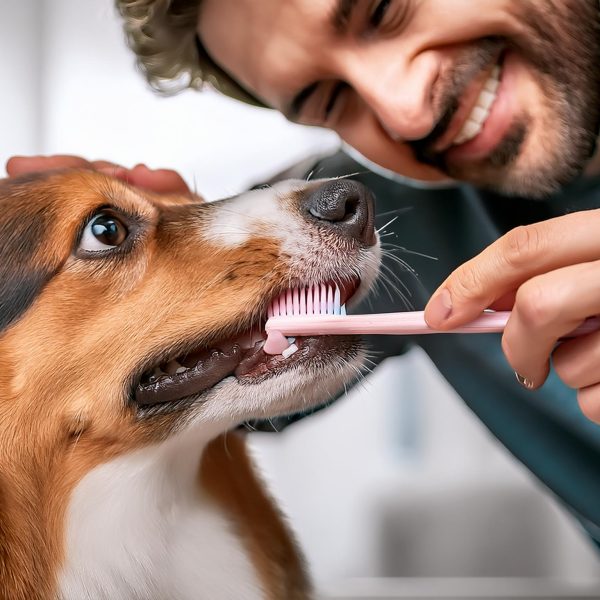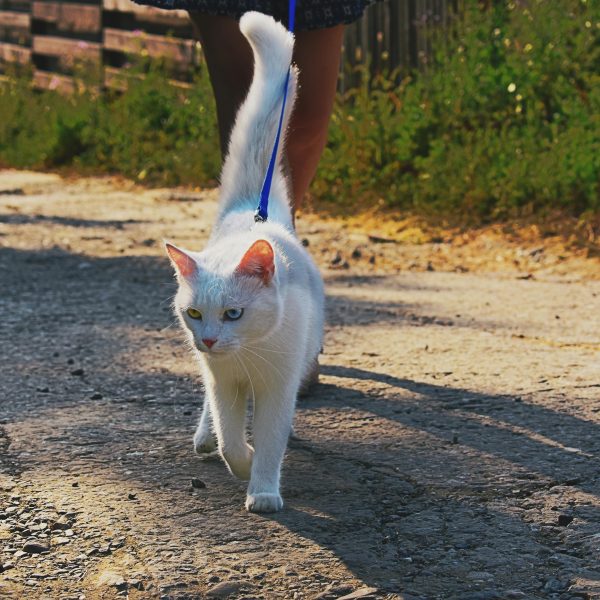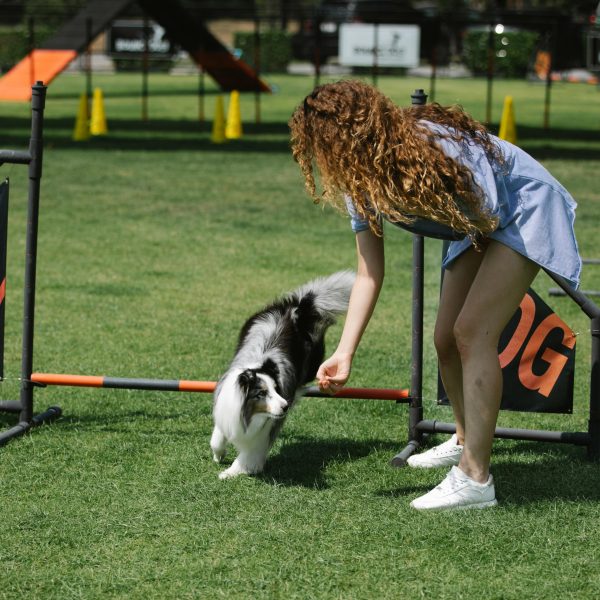Building a deep bond with your pet involves more than just companionship—it requires effective communication and mutual understanding. Positive training techniques, centered around reinforcement, offer a way to strengthen this connection. Unlike punitive methods, positive reinforcement focuses on rewarding desired behaviors, making the training experience enjoyable for both pets and their owners.
Understanding the Concept of Positive Reinforcement
Positive reinforcement is a training approach that centers on rewarding behaviors one wants to encourage. It operates on the premise that animals, such as dogs and cats, are likely to repeat actions that lead to favorable outcomes. Rather than punishing undesirable behaviors, positive reinforcement promotes and reinforces positive actions, fostering a healthy and joyful relationship between pets and their owners.
The Psychological Aspect of Positive Reinforcement
To comprehend the effectiveness of positive reinforcement, it’s crucial to delve into its psychological foundations. Behavioral psychology underscores the role of consequences in shaping behavior patterns. Positive reinforcement capitalizes on the pleasure and satisfaction gained from rewards, strengthening neural pathways associated with desired behavior. This not only encourages the pet to repeat the behavior but also deepens the connection between the owner and the pet.
Different Types of Positive Reinforcement
Positive reinforcement comes in various forms, catering to the preferences and needs of different pets. Some common examples include:
- Offering Treats and Food Rewards: Providing treats or a special meal as a reward taps into animals’ natural instinct to associate actions with positive experiences.
- Providing Verbal Praise: Using words of encouragement, a cheerful tone, and enthusiastic praise significantly reinforce behavior, as pets respond well to their owner’s expressed positivity.
- Incorporating Playtime and Affection: Many pets crave attention and physical affection, making playtime or cuddling an effective reward that strengthens the bond between the pet and its owner.
- Using Toys and Interactive Games: Interactive toys or engaging games not only provide entertainment but also associate desired behaviors with enjoyable experiences.
Advantages of Positive Reinforcement
Positive reinforcement offers several advantages, including:
- Building a Stronger Bond: Nurturing trust and understanding between owners and pets through positive experiences strengthens the bond.
- Creating an Environment for Learning: Unlike punitive methods, positive reinforcement fosters an enjoyable learning environment, reducing stress and anxiety in pets.
- Boosting Confidence: Rewards and positive feedback enhance a pet’s self-assurance, promoting happiness and adaptability.
- Enhancing Behavior: Positive reinforcement is effective in modifying and improving behavior, aligning pets with household rules and expectations.
Tips for Reinforcement Training
To make the most of positive reinforcement techniques:
- Consistency is Key: Consistently reinforcing desired behavior through rewards is crucial for effective positive reinforcement training.
- Timing Matters: Immediate rewards following desired behavior strengthen the association between actions and rewards.
- Start Small: Begin with simple commands and behaviors before progressing to complex ones to ensure success and build confidence for both pets and owners.
- Be Patient: Every pet learns at their own pace; celebrate small victories along the way, and maintain a patient and positive attitude to make the training experience enjoyable.
- Adapt to Needs: Every pet is unique; pay attention to their preferences and adjust reinforcement techniques accordingly for enhanced effectiveness.
In conclusion, positive reinforcement techniques offer an effective way to build a strong bond with your pet through training. By focusing on rewards, encouragement, and positive experiences, owners can create a relationship based on trust, understanding, and mutual respect. Embracing these principles not only improves the training process but also contributes to a happy, confident, and well-behaved pet, making the companionship journey more rewarding for both parties involved.








